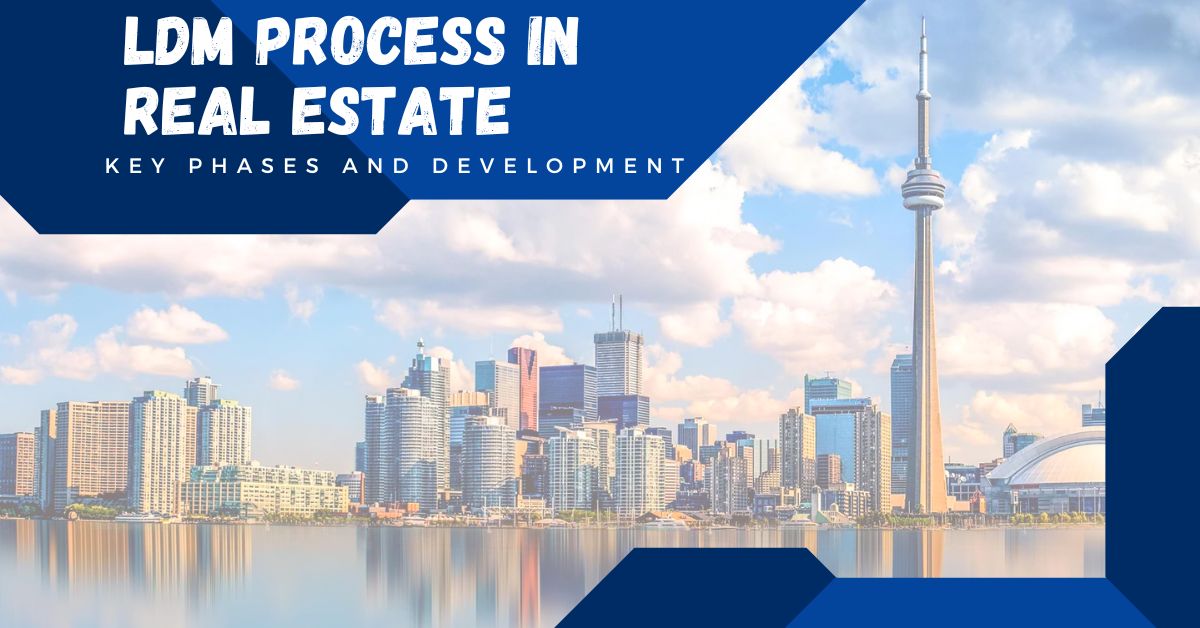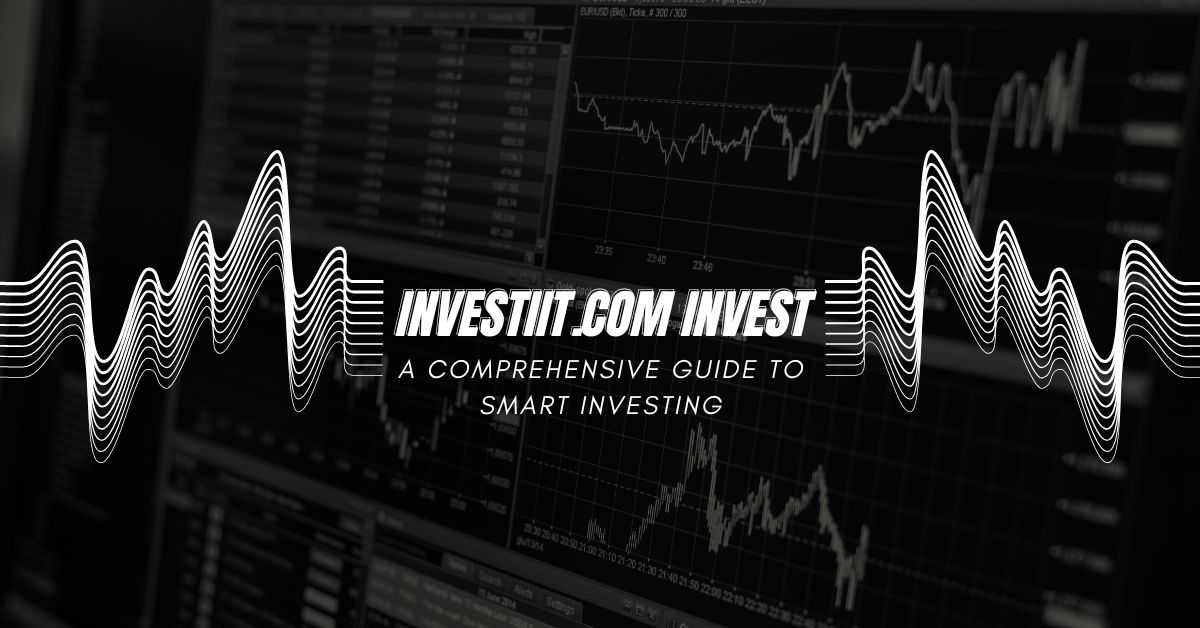The real estate industry is continuously evolving, and the want for based and efficient assignment control methods is crucial. The Land Development Model LDM Process in Real Estate system in actual estate performs a essential role in transforming uncooked land into worthwhile and sustainable properties. By managing numerous steps, from feasibility evaluation to mission execution, the LDM Process in Real Estate procedure guarantees a seamless technique to real estate improvement, minimizing threat and maximizing returns. This article delves deeply into the LDM manner in actual property, overlaying each degree to provide a clear photograph of the way it shapes a hit trends.
Understanding the Basics of the LDM Process in Real Estate
The Land Development Model LDM Process in Real Estate is a based framework that courses actual property developers thru each stage of a venture. This system consists of a series of planned stages, permitting builders to take uncooked land and transform it into finished residential, commercial, or blended-use houses. In essence, LDM allows streamline the improvement method by breaking it down into attainable steps, each with particular goals and activities.
Importance of LDM in Real Estate Development
The LDM method is vital in actual estate as it affords a standardized method to development. For actual property developers, an prepared process means predictable effects and minimized risks. By following an established version, developers can check land feasibility, ensure regulatory compliance, and estimate costs and potential returns extra correctly. Without the LDM Process in Real Estate method, builders could face unstructured, unpredictable challenge phases, main to inefficiencies and financial dangers.
Phase 1: Feasibility Analysis within the LDM Process
Feasibility analysis is the preliminary step inside the LDM process, where builders examine whether or not a chunk of land can be developed profitably. This involves engaging in marketplace studies to apprehend call for, evaluating zoning legal guidelines and rules, and estimating development charges. In addition, feasibility analysis consists of assessing environmental factors, soil quality, and any capability obstacles of the land. By carrying out a thorough feasibility study, developers make sure that the undertaking aligns with financial and market realities earlier than committing resources.
Phase 2: Land Acquisition and Legal Considerations
Once feasibility is confirmed, the subsequent step is obtaining the land. This phase consists of negotiating the purchase charge and making sure all important legal documentation is in location. Developers need to perform due diligence to confirm that the land has a clean identify and that no felony disputes are related to it. Acquiring land is mostly a complex system that requires information zoning regulations, obtaining right permits, and making sure the land is loose from environmental liabilities or other restrictions.
Phase 3: Master Planning and Project Design
With the land received, builders pass directly to master planning and design. This section involves creating a comprehensive layout for the whole development, inclusive of the location of homes, roads, utilities, and green areas. The master plan is essential as it serves because the blueprint for the whole assignment, influencing everything from infrastructure to aesthetics. Designers and designers work carefully with developers to make certain the venture meets regulatory requirements, aligns with the market call for, and fulfills the preferred aesthetic and useful desires.
Phase 4: Regulatory Approvals and Permits
Securing regulatory approvals is one of the most critical levels in the LDM Process in Real Estate procedure. In this level, builders paintings with local government businesses to attain essential allows and meet zoning rules. Compliance with environmental rules, constructing codes, and safety requirements is important to avoid legal complications later inside the venture. Regulatory approvals may be time-ingesting, often requiring coordination with numerous corporations, and can consist of public hearings and consultations with stakeholders. This section ensures that the project can legally continue, reducing the chance of destiny disputes or undertaking delays.
Phase 5: Site Preparation and Infrastructure Development
Site instruction marks the begin of bodily development. This segment consists of clearing the land, grading, and setting up infrastructure along with roads, drainage systems, and utilities. Site guidance is critical for laying a stable basis for destiny construction sports. At this level, developers coordinate with contractors to make certain that the website online meets all structural and environmental necessities. Effective website preparation minimizes production troubles and ensures the land is prepared for the following stages of improvement.
Phase 6: Building Construction and Project Execution
Building creation is the middle section of the LDM system, where the real improvement of systems occurs. This consists of constructing homes, putting in utilities, and developing communal areas as in keeping with the master plan. Project execution requires cautious coordination amongst diverse groups, such as architects, engineers, and contractors. Each step is monitored to make sure adherence to design specs, pleasant standards, and timelines. Proper challenge execution results in timely finishing touch, reducing prices and potential setbacks.
Phase 7: Quality Control and Inspections
Quality manage is an crucial section to make sure that every one elements of creation meet industry standards and regulatory requirements. During this phase, inspectors examine diverse elements of the venture, consisting of structural integrity, protection measures, and constructing quality. Any problems diagnosed at some stage in inspections need to be addressed earlier than proceeding. Quality manage provides assurance that the development is safe, reliable, and built to ultimate, preventing expensive maintenance or changes within the destiny.
Phase 8: Marketing and Pre-Sales Efforts
In the LDM system, advertising and pre-sales play a good sized role in making sure the undertaking’s financial achievement. Developers start advertising efforts even earlier than production is complete, permitting potential customers or tenants to preview the assets. Effective advertising and marketing strategies can consist of virtual campaigns, model unit tours, and promotional activities. Pre-income generate early revenue, which can be reinvested into the project, and build hobby and credibility in the development.
Phase 9: Final Inspections and Project Handover
Before the task can be taken into consideration whole, final inspections are carried out to ensure that every component of the improvement meets regulatory and high-quality standards. Once inspections are surpassed, the mission is prepared for handover to customers or property managers. The handover process consists of finalizing legal files, transferring ownership or leasing rights, and ensuring that every one contractual duties are met. This section marks the end of the LDM Process in Real Estate system and alerts the transition from improvement to occupancy.
Challenges Faced During the LDM Process in Real Estate
The LDM Process in Real Estate technique isn’t always without demanding situations. Developers may also come upon delays because of regulatory approvals, surprising environmental problems, or supply chain disruptions. Financing also can be a giant challenge, particularly in large initiatives requiring huge capital investment. Navigating those demanding situations calls for flexibility, thorough planning, and a sturdy community of professionals who can guide various aspects of the venture. Understanding these demanding situations allows developers count on capability troubles and create contingency plans.
The Role of Technology within the LDM Process
Technology is increasingly critical in the LDM Process in Real Estate manner, presenting tools for challenge management, layout, and communique. Digital platforms allow builders to music progress, speak with stakeholders, and manage budgets efficaciously. Geographic Information Systems (GIS) and Building Information Modeling (BIM) permit precise planning and visualization, permitting builders to foresee and deal with ability problems before they rise up. As technology evolves, the LDM Process in Real Estate method in actual property is expected to come to be extra efficient and value-effective.
Financial Planning and Budgeting inside the LDM Process
Financial making plans is a middle element of the LDM Process in Real Estate procedure, ensuring that builders allocate resources efficaciously. Accurate budgeting includes estimating fees for land acquisition, production, lets in, marketing, and contingencies. Financial making plans also consists of securing financing alternatives, inclusive of loans or funding partnerships. Effective budgeting is vital in preserving the project on the right track financially and preventing value overruns that could impact profitability.
Sustainable Practices in the LDM Process
Sustainability has end up an essential awareness in actual estate development. Incorporating green practices into the LDM Process in Real Estate process entails the use of sustainable materials, designing electricity-efficient homes, and preserving herbal sources. Sustainable development not most effective advantages the surroundings but additionally attracts consumers who prioritize eco-aware living areas. Sustainable practices can consist of putting in renewable energy resources, optimizing water control, and growing inexperienced areas within the improvement.
How the LDM Process Impacts Community Development
The LDM Process in Real Estate procedure has a big impact on the encompassing community. A nicely-executed assignment enhances the neighborhood financial system with the aid of growing jobs, increasing assets values, and attracting organizations. Developers frequently don’t forget community desires when designing their initiatives, incorporating public areas, leisure centers, and infrastructure upgrades. Real estate development can transform communities, and a a hit LDM Process in Real Estate technique guarantees that this change is high-quality and sustainable.
Conclusion
The LDM Process in Real Estate manner in real property is a established, step-by-step technique to reworking uncooked land into thriving groups. Each segment—from feasibility evaluation to project handover—calls for meticulous planning, aid control, and collaboration amongst experts. By following a clear framework, builders can mitigate dangers, ensure regulatory compliance, and deliver excellent tendencies. Understanding the LDM method affords insight into the complexities of real estate improvement and highlights the importance of prepared, sustainable practices.
FAQs
What is the purpose of the LDM process in actual estate?
The LDM manner offers a dependent method for builders to transform land into profitable properties. It enables manage risks, streamline obligations, and make sure regulatory compliance during the improvement method.
How does feasibility analysis impact the LDM process?
Feasibility evaluation determines whether or not a venture is feasible by way of assessing market call for, expenses, and rules, allowing builders to make informed selections earlier than intending with land acquisition.
Why is regulatory approval critical in the LDM system?
Regulatory approval ensures that the task complies with legal standards, stopping destiny disputes or delays. It includes acquiring allows, meeting zoning legal guidelines, and adhering to environmental policies.
How does sustainability in shape into the LDM procedure?
Sustainable practices inside the LDM method consist of the use of green materials, strength-green designs, and green areas, which gain the surroundings and appeal to shoppers focused on sustainability.
What demanding situations can builders face within the LDM system?
Developers can also encounter troubles like regulatory delays, unexpected environmental issues, and monetary demanding situations. Effective planning and flexibility are essential to overcoming those boundaries.











